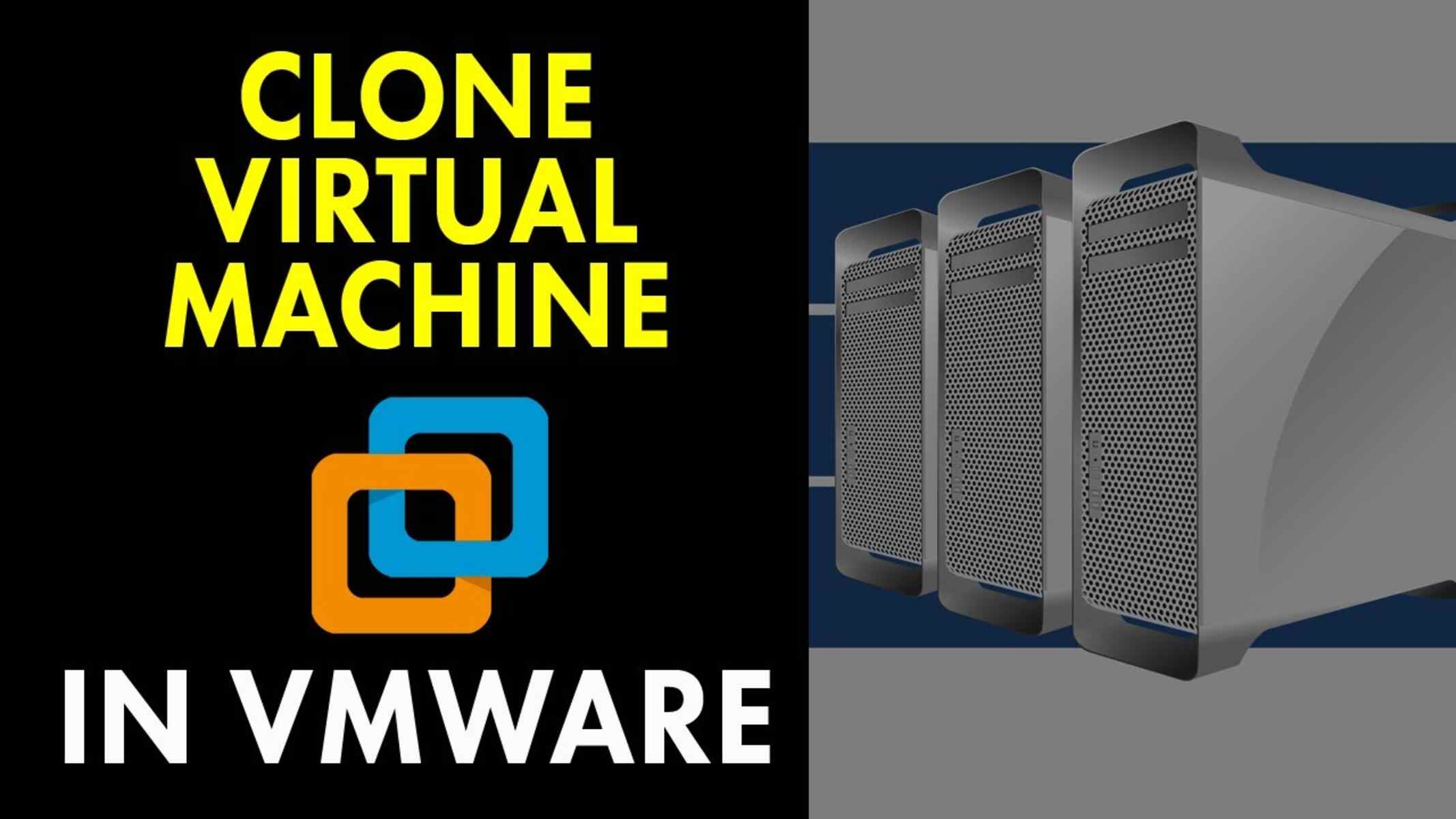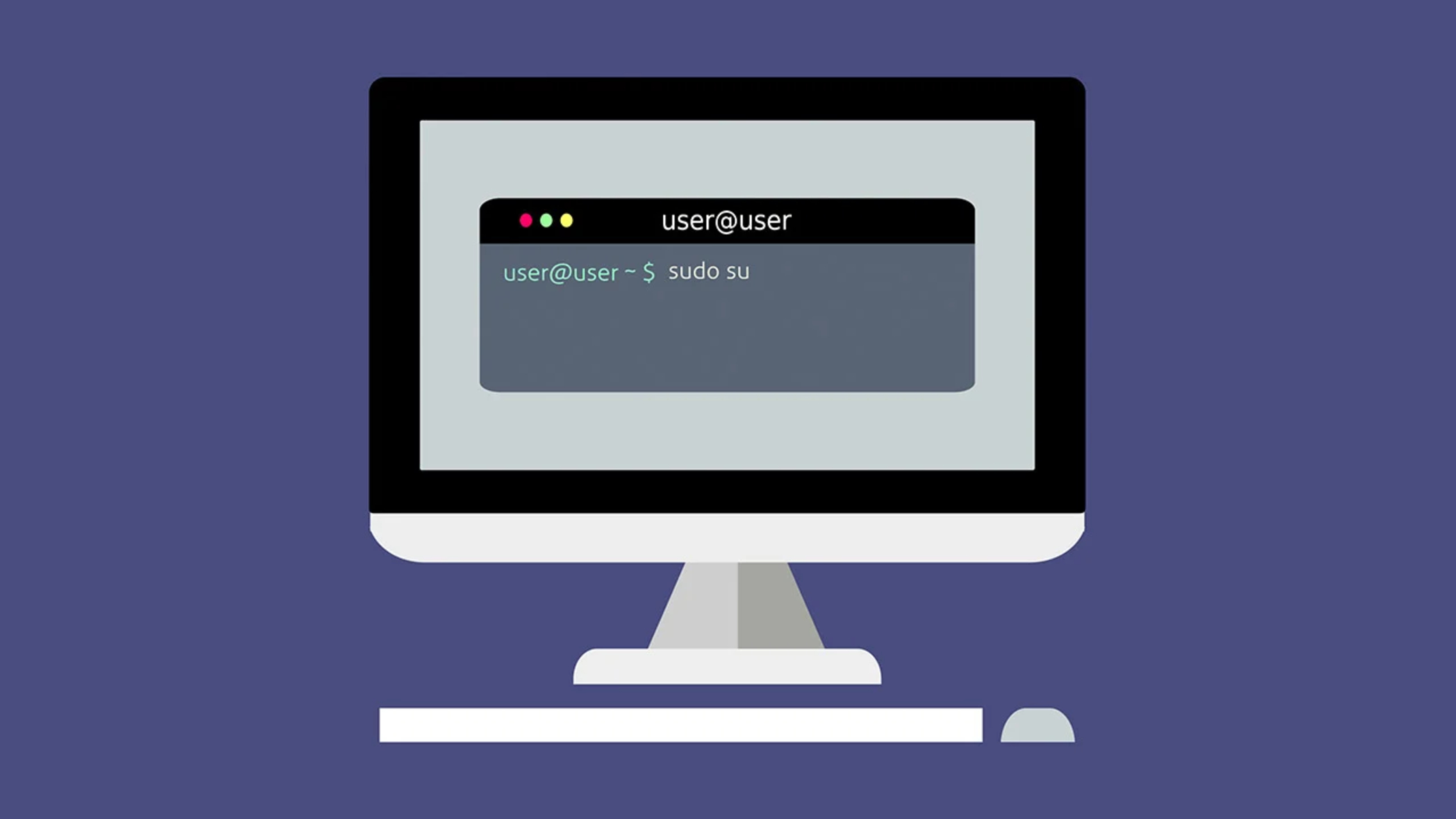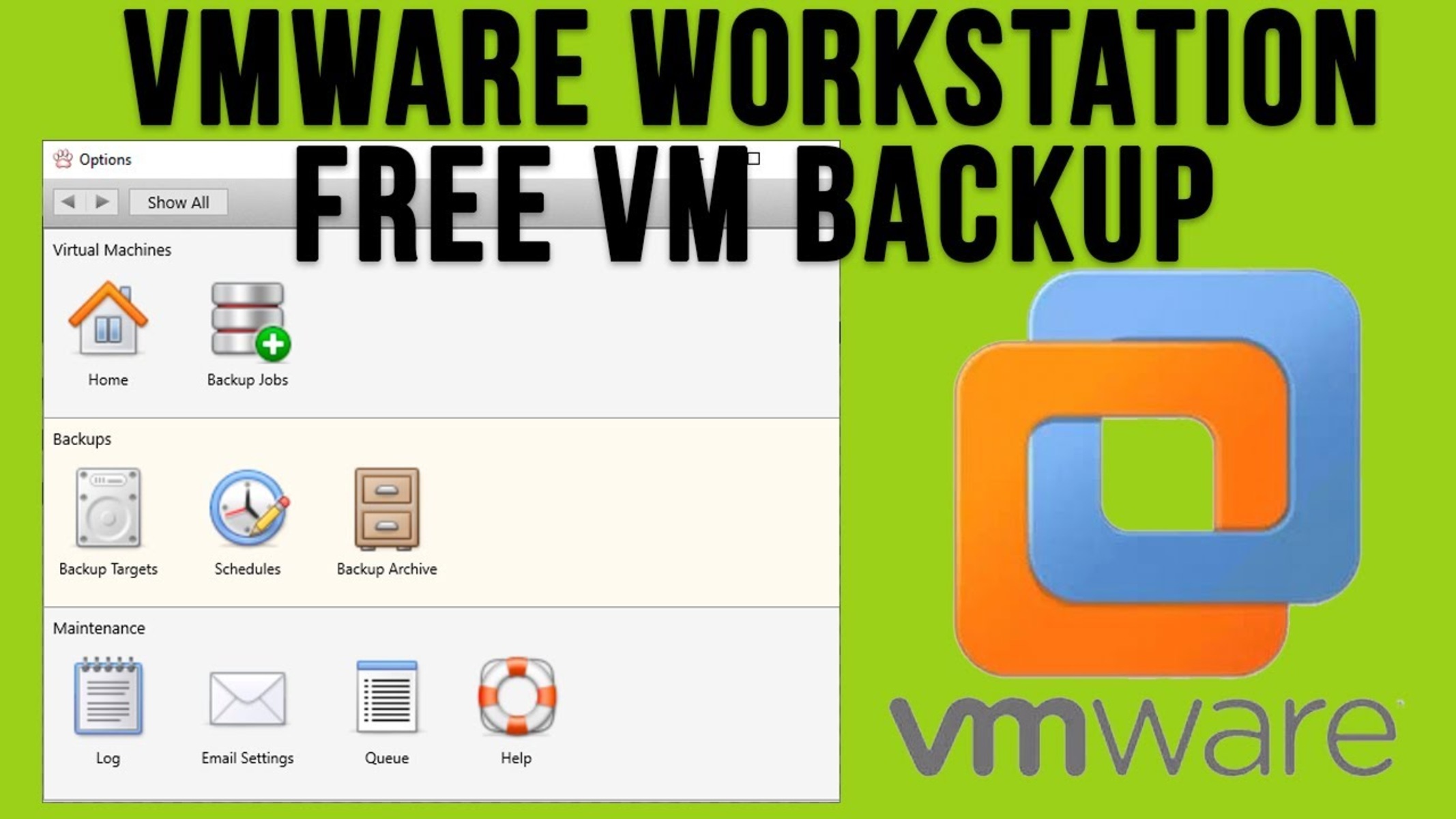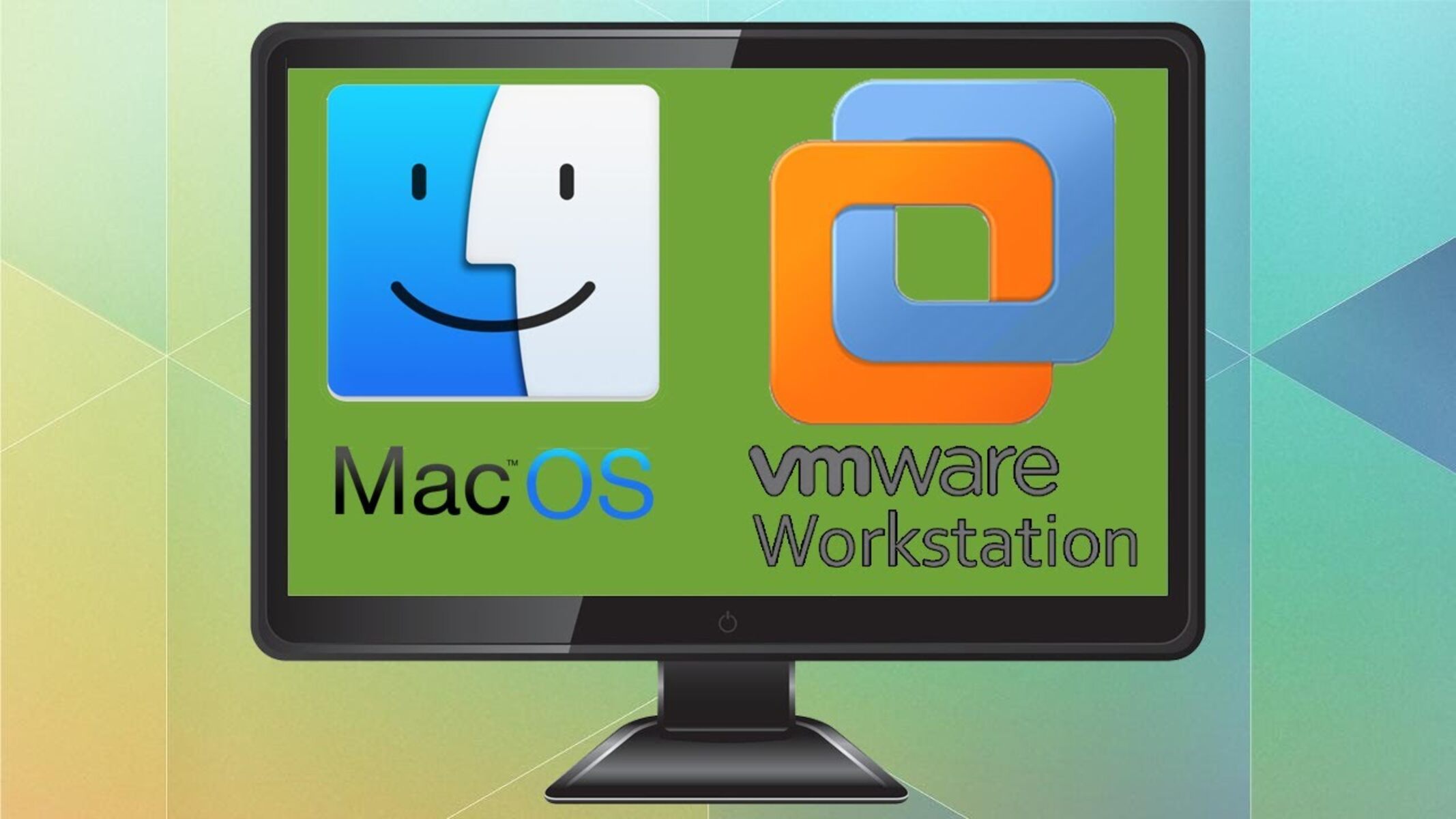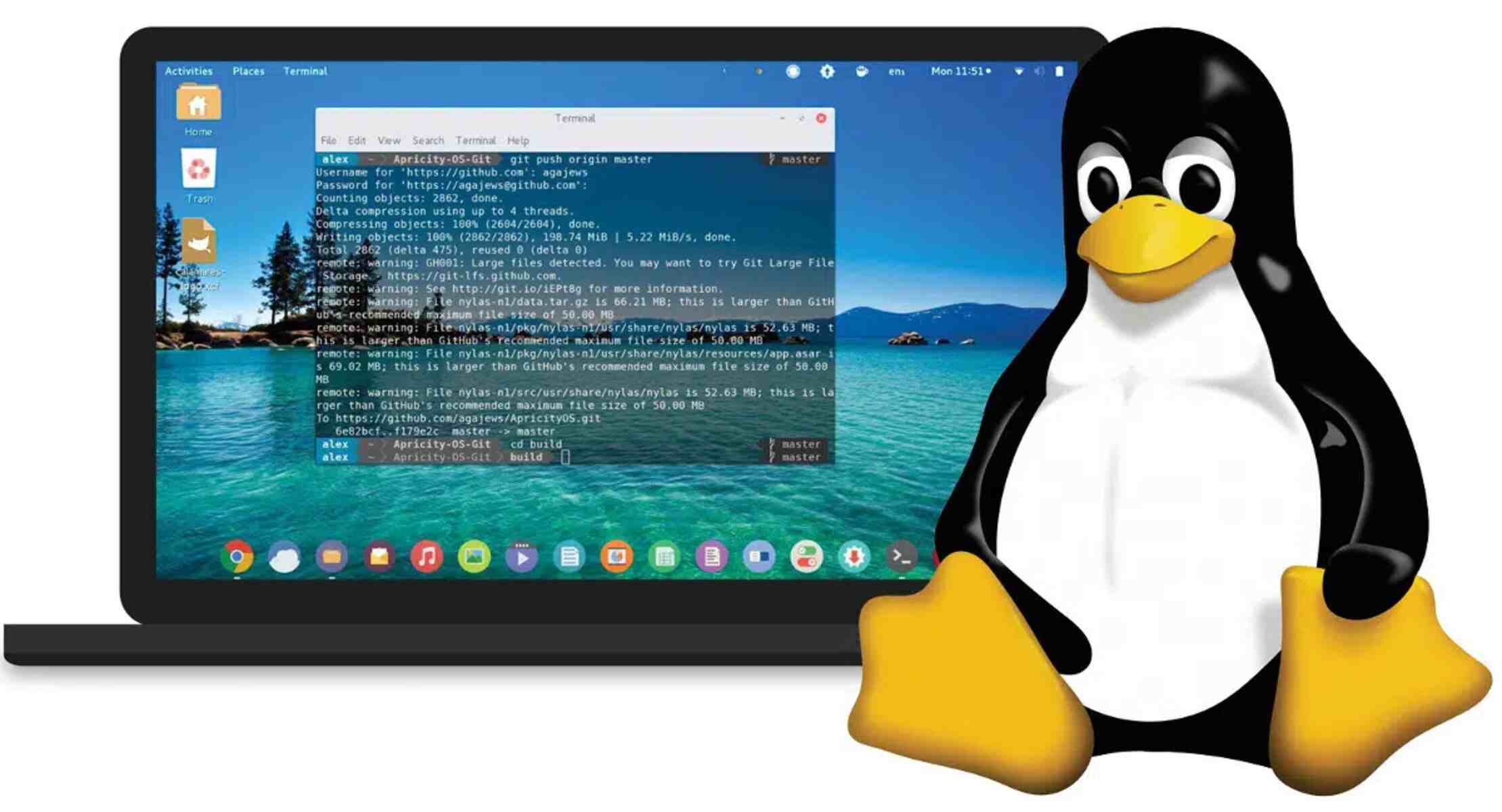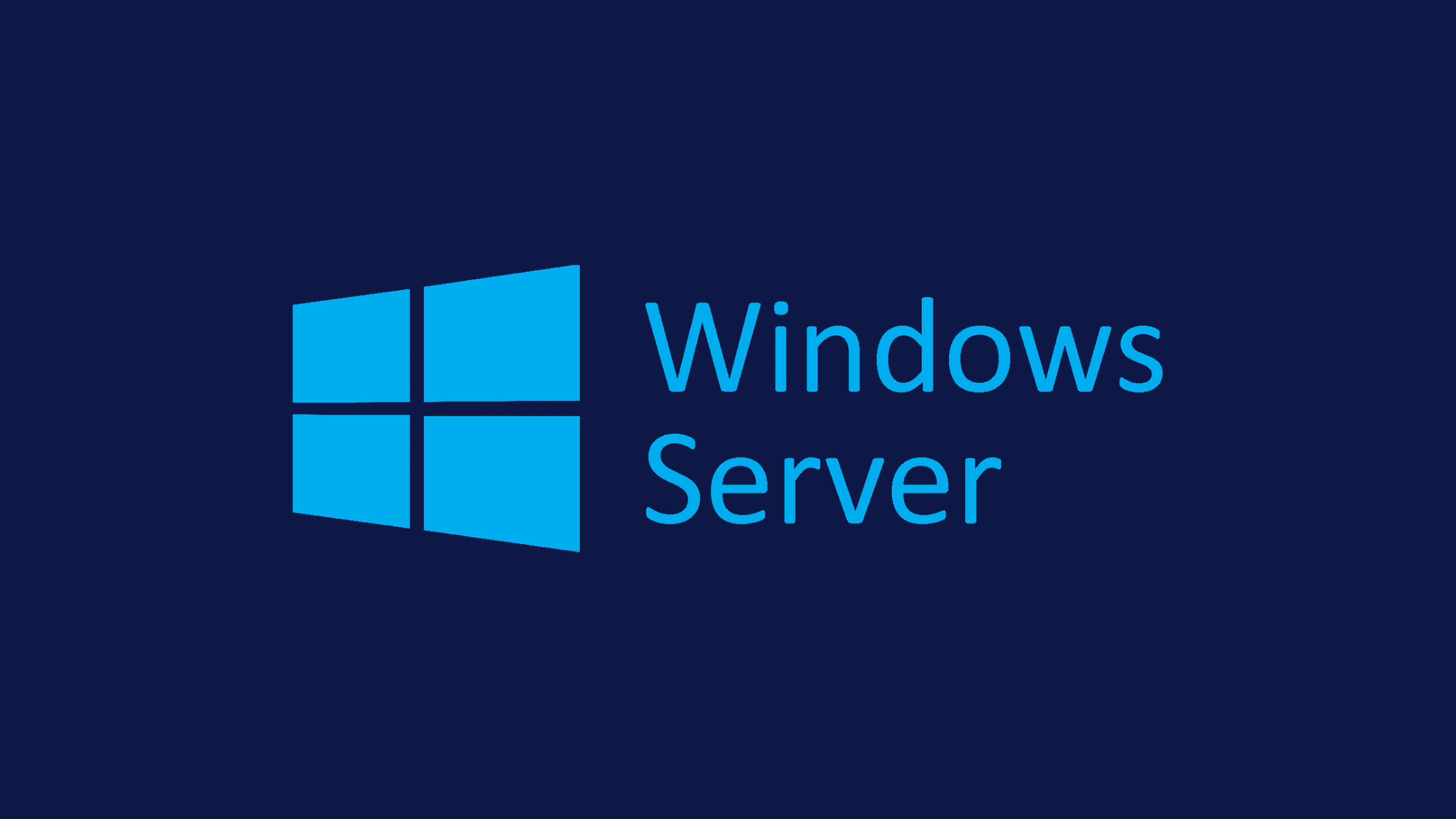Introduction
Welcome to our guide on how to rename VMware Workstation virtual machines. Renaming a virtual machine can be a necessary task in various scenarios, such as when you want to improve organization or reflect changes in your infrastructure. Fortunately, VMware Workstation provides simple steps to rename your virtual machines without causing any issues.
Whether you are new to VMware Workstation or an experienced user, this guide will walk you through the entire process, ensuring that you can safely and successfully rename your virtual machines. We will cover each step in detail, providing clear instructions and tips to help you navigate the process smoothly.
Please note that renaming a virtual machine involves modifying both the virtual machine files and the necessary configurations within the VMware Workstation software. By following our instructions carefully, you can avoid any potential complications and complete the process with confidence.
Before we dive into the steps, keep in mind that it is always a good practice to create a backup or snapshot of your virtual machine before making any changes. This precautionary measure ensures that you can easily revert to the original state if any issues arise during the renaming process.
Now, let’s get started with the process of renaming your VMware Workstation virtual machines and discover how you can accomplish this task flawlessly. Follow along and enjoy the flexibility and organization that comes with customized virtual machine names.
Checking and Preparing the Virtual Machine
Before you begin the process of renaming your VMware Workstation virtual machine, it is essential to ensure that the virtual machine is in a suitable state for renaming. This involves checking for any running processes or services within the virtual machine, shutting it down properly, and taking necessary precautions to prevent data loss or corruption.
To start, ensure that there are no active processes or programs running within the virtual machine. Close any applications and save your work to avoid potential data loss during the shutdown process.
Next, within the virtual machine, go to the Start menu and click on “Shut Down” or “Power Off” to properly turn off the virtual machine. Giving the virtual machine a chance to shut down gracefully ensures that all operations are completed and that no data is left in an inconsistent state.
Once the virtual machine has been shut down, it is wise to take an additional backup or snapshot of your virtual machine. This extra precaution provides a safety net in case anything goes wrong during the renaming process.
Make sure you have enough disk space available on the host system to accommodate the virtual machine’s files and any additional space that may be required for temporary files during the renaming process.
Lastly, double-check that you have the necessary administrative privileges to make changes to the virtual machine files and configurations. Having the appropriate permissions will ensure a smooth and hassle-free renaming process.
By thoroughly checking and preparing the virtual machine before proceeding, you minimize the risk of encountering any unexpected issues. Taking the time to properly shut down the virtual machine, back up your data, and verify permissions sets the stage for a successful renaming procedure.
Shutting Down the Virtual Machine
Before renaming your VMware Workstation virtual machine, it is crucial to ensure that the virtual machine is completely powered off. Shutting down the virtual machine properly will prevent any data loss or corruption during the renaming process.
To shut down the virtual machine, follow these steps:
- Open VMware Workstation and locate the virtual machine you wish to rename in the inventory.
- Ensure that the virtual machine is selected and highlighted.
- Click on the “Power” button in the toolbar, and then select “Shut Down Guest” from the dropdown menu.
- Wait for the virtual machine to shut down completely. You can monitor the progress of the shutdown process in the VMware Workstation interface.
It is essential to be patient during the shutdown process. Depending on the virtual machine’s configuration and the number of running processes, it may take some time for the virtual machine to power off completely.
Once the virtual machine has successfully shut down, you are ready to proceed with the renaming process. However, as an additional precaution, it is highly recommended to take a backup or snapshot of the virtual machine before making any changes. This backup will serve as a safeguard in case any issues arise during the renaming process.
By following these steps to properly shut down the virtual machine, you can ensure that all processes and services within the virtual machine are gracefully stopped. This minimizes the risk of data loss or corruption and prepares the virtual machine for a smooth renaming process.
Renaming VM Files and Folders
Once you have shut down the VMware Workstation virtual machine, the next step is to rename the virtual machine’s files and folders. Renaming these files ensures that the virtual machine remains organized and easy to identify.
Follow the steps below to rename the VM files and folders:
- Navigate to the folder location where the virtual machine files are stored. By default, VMware Workstation virtual machines are stored in the Documents folder in a subfolder named “Virtual Machines.” Locate the folder corresponding to the virtual machine you want to rename.
- Right-click on the folder and select “Rename” from the context menu.
- Type in the new desired name for the virtual machine folder and press Enter to apply the changes.
- Next, open the renamed virtual machine folder and locate the files with the .vmx extension. These files store the virtual machine’s configuration settings.
- Right-click on the .vmx file and select “Rename” from the context menu.
- Enter the new desired name for the .vmx file and press Enter to save the changes.
By following these steps, you have successfully renamed the virtual machine’s folder and configuration file. This renaming process ensures that the virtual machine’s files and folders correspond to the desired new name.
It is important to note that renaming the virtual machine’s files and folders does not automatically update the virtual machine’s name within the VMware Workstation software. In the next step, we will cover how to update the virtual machine’s name in the VMware Workstation interface.
Before moving on, take a moment to verify that the file and folder names have been changed correctly. This step will help ensure that you are working with the correct files and avoid any confusion during the subsequent steps.
Updating the VMX File
Renaming the virtual machine’s files and folders is just the first step. In order for VMware Workstation to recognize the new name, you also need to update the virtual machine’s VMX file, which stores the configuration settings.
Follow these steps to update the VMX file:
- Locate the renamed virtual machine’s folder in the file explorer.
- Right-click on the .vmx file and select “Open with” from the context menu. Choose a text editor, such as Notepad or Notepad++.
- Within the text editor, locate the line that starts with
displayName. This line contains the current name of the virtual machine within VMware Workstation. - Edit the text following
displayName =to reflect the new desired name for the virtual machine. - Save the changes and close the text editor.
After saving the modified VMX file, the virtual machine’s name within VMware Workstation will be updated to match the new name you specified.
It is important to double-check that you have made the necessary changes to the VMX file accurately. Verify that the new name is reflected correctly in the displayName line and that there are no typos or syntax errors within the file.
Updating the VMX file ensures that VMware Workstation recognizes and displays the new name for the virtual machine. This step is crucial to maintaining consistency between the virtual machine’s files, folders, and its representation within the VMware Workstation interface.
Once you have updated the VMX file, you are ready to proceed to the next step: modifying the virtual machine name directly within the VMware Workstation software.
Modifying the Virtual Machine Name in VMware Workstation
Now that you have renamed the virtual machine’s files, folders, and updated the VMX file, it’s time to modify the virtual machine name in the VMware Workstation interface. By doing so, you ensure that the new name is reflected consistently throughout the software.
Follow these steps to modify the virtual machine name in VMware Workstation:
- Open VMware Workstation on your host system.
- In the VMware Workstation interface, locate the virtual machine that you have renamed. The new name of the virtual machine should already be visible in the inventory list due to the changes you made to the VMX file.
- Right-click on the virtual machine’s name and select “Settings” from the context menu.
- In the Virtual Machine Settings window, navigate to the “Options” tab.
- Under the “General” section, you will find a field labeled “Virtual machine name.” Update the name to the new desired name for the virtual machine.
- Click “OK” to save the changes and close the Virtual Machine Settings window.
By modifying the virtual machine name within VMware Workstation, you ensure that the new name is displayed consistently throughout the software. This change provides clarity and organization, allowing you to easily identify and manage your virtual machines.
Take a moment to verify that the virtual machine name has been updated correctly within the VMware Workstation interface. Check the inventory list, as well as any other areas where the virtual machine’s name is displayed, to confirm that the changes have been applied successfully.
With the virtual machine name modified within VMware Workstation, you are ready to start the renamed virtual machine and continue using it with the new name you have chosen.
Starting the Renamed Virtual Machine
Now that you have completed the necessary steps to rename the virtual machine in VMware Workstation, it is time to start the virtual machine and ensure that everything is functioning correctly with the new name.
Follow these steps to start the renamed virtual machine:
- In the VMware Workstation interface, locate the renamed virtual machine in the inventory.
- Ensure that the virtual machine is selected and highlighted.
- Click on the “Power” button in the toolbar to power on the virtual machine.
- Wait for the virtual machine to start up completely. Depending on the configuration and resources allocated to the virtual machine, the startup process may take some time.
- Once the virtual machine has started, check to see if it is functioning as expected. Verify that the operating system boots up correctly and all applications and services within the virtual machine are operational.
It is important to test the functionality of the renamed virtual machine to ensure that there are no issues or unexpected behavior resulting from the renaming process. Verify that the virtual machine retains its network connectivity, access to shared folders, and any other configurations specific to your setup.
If you encounter any issues or problems with the renamed virtual machine, double-check the steps you have taken in the previous sections. Ensure that you have correctly renamed the virtual machine’s files, updated the VMX file, and modified the name within VMware Workstation.
If necessary, you can revert to the original name by following the same steps and making the appropriate changes. Remember that having a backup or snapshot of the virtual machine before making any changes is always a good practice, as it allows you to restore the virtual machine to its previous state if needed.
With the renamed virtual machine successfully started and functioning properly, you have completed the process of renaming a VMware Workstation virtual machine. Enjoy the enhanced organization and ease of management that comes with a customized virtual machine name.
Conclusion
Congratulations! You have successfully learned how to rename a VMware Workstation virtual machine. Renaming a virtual machine can improve organization, reflect changes in your infrastructure, and make it easier to identify and manage your virtual machines.
In this guide, we covered the step-by-step process to rename a virtual machine in VMware Workstation, ensuring a smooth and hassle-free experience. We started by checking and preparing the virtual machine, followed by shutting it down properly. Next, we renamed the VM files and folders, updated the VMX file, and modified the virtual machine name within the VMware Workstation software. Finally, we started the renamed virtual machine and verified its functionality.
Throughout the process, we emphasized the importance of taking precautions, such as creating backups or snapshots before making any changes, and paying attention to detail to avoid any potential issues or data loss.
By following these instructions and best practices, you can confidently rename your VMware Workstation virtual machines and enjoy the benefits of a more organized and efficient virtual environment.
Remember, renaming a virtual machine should be done with caution and only when necessary. Keep in mind that other systems or applications may have dependencies on the virtual machine’s original name, so it’s important to consider the impact of the renaming on your overall infrastructure.
We hope this guide has been helpful in empowering you to rename your VMware Workstation virtual machines. Feel free to refer back to this guide whenever you need to rename virtual machines in the future. Happy virtual machine management!









